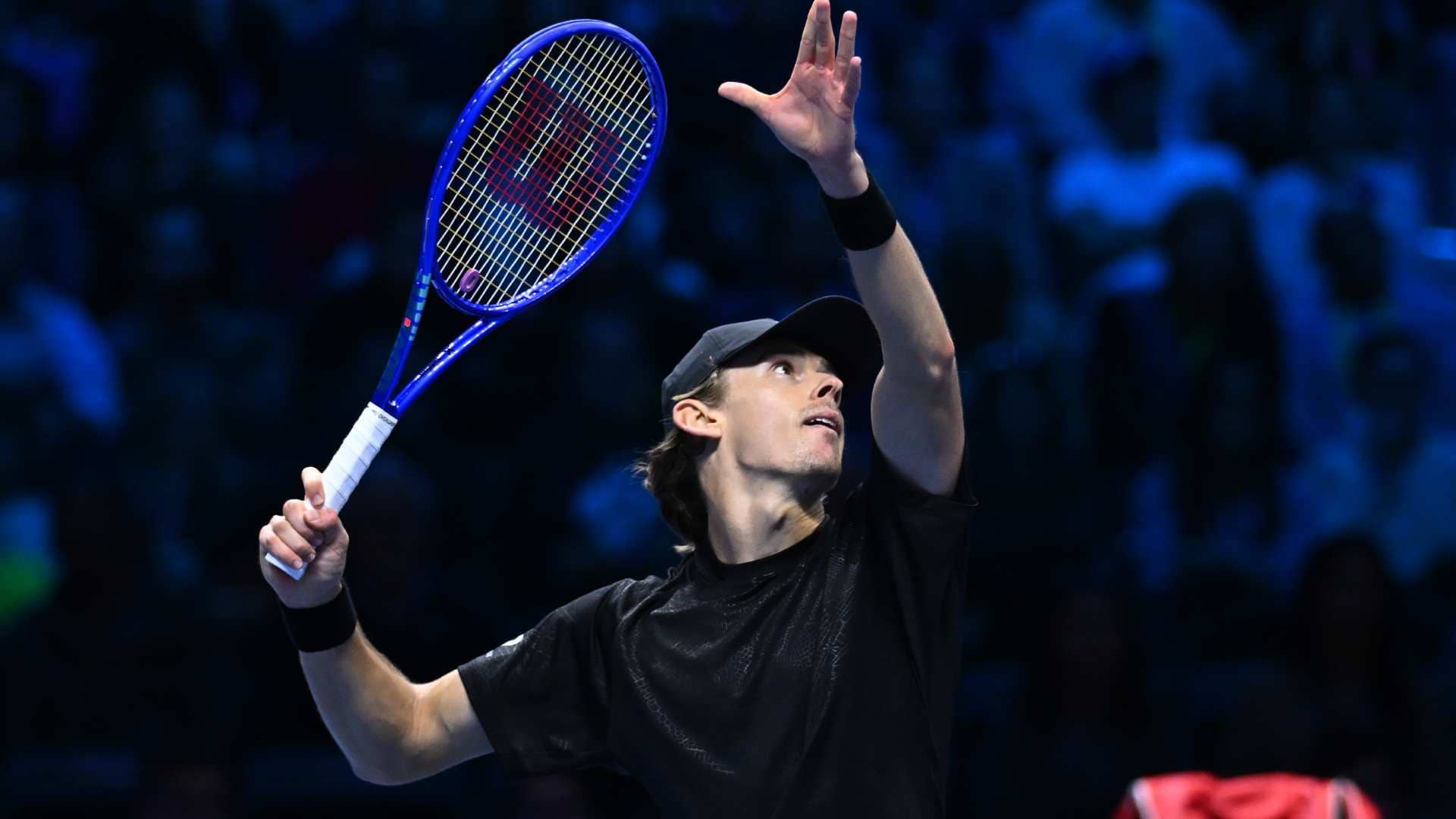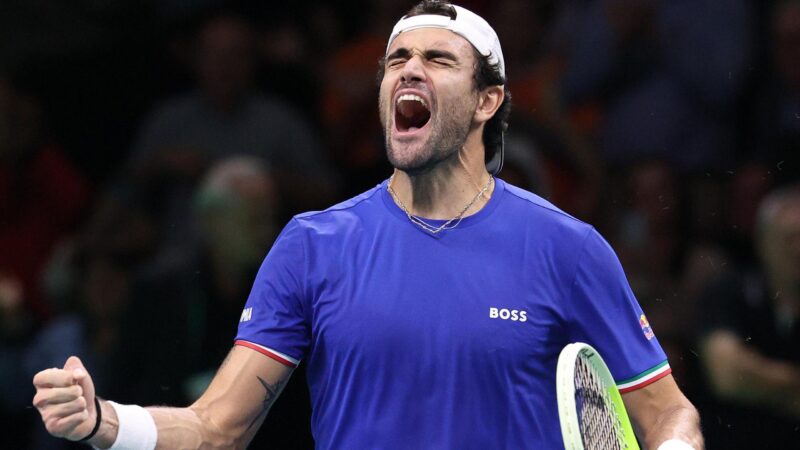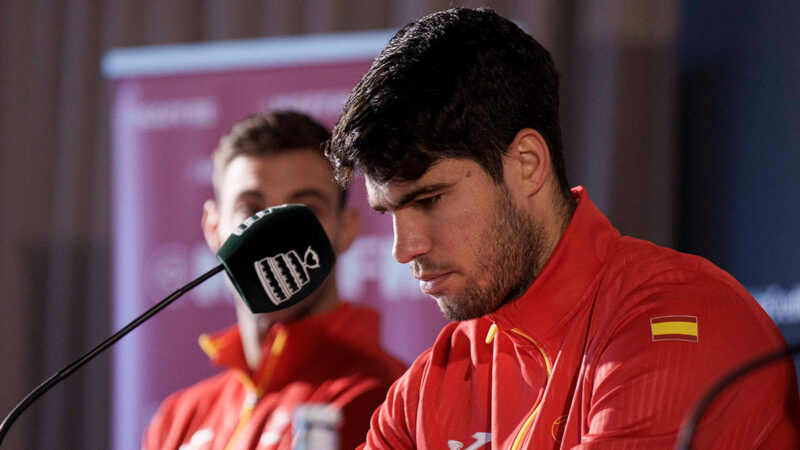De Minaur slams 12-day Masters: ‘Highest injury rate ever is not great for tennis’

The euphoria of a major victory often fades quickly, replaced by the next challenge on the relentlessly churning professional tennis calendar.
But for Alex De Minaur, his hard-earned success on the court in Turin became a platform for a much larger, more critical message aimed directly at the structure of the modern ATP Tour.
His focus was not on tactics or ranking points, but on player welfare, and the extended 12-day Masters 1000 format he believes is actively fracturing the bodies and minds of the sport’s elite.
The Masters 1000 tournaments — the most prestigious events outside of the four Grand Slams — have undergone a seismic shift in recent years, with several tournaments, including major stops like Rome, Madrid, and Shanghai, expanding from traditional seven-day formats to a bloated twelve-day schedule.
While the change was championed by ATP leadership as a way to increase prize money, ticket revenue, and allow for a larger 96-player draw, De Minaur argues the true cost is being borne by the athletes.
The Australian star painted a vivid picture of the psychological and physical grind the extended format imposes, contrasting the theoretical ‘rest’ period with the reality of life on the road.
“What many people don’t understand is that, yes, you might have a day off in between, but it’s not a complete day off,” De Minaur explained, articulating a frustration shared quietly across the locker room. “You’re training, going to the courts, warming up, doing gym work, this, that, and the other.”
The most damning criticism, however, centers on the fundamental imbalance of commitment versus competition. For seeded players, who receive a first-round bye, the new schedule can result in agonizing periods of inactivity while marooned in hotels far from home.
“For us, the players, at the beginning of the year, we have Indian Wells and Miami, and you spend a month to play two tournaments,” he stated, referring to the infamous “Sunshine Double.”
He broke down the worst-case scenario for a mid-tier seed.
“The toughest part as a player is being a seed and reaching the fourth round. You play the fourth round in Indian Wells, the fourth round in Miami. You can end up playing six matches in a month, which is not enough.”
Six matches in four weeks for top professionals is a schedule designed for a holiday, not a highly competitive, lucrative tour. Yet, the players are still subject to the isolation and routine of tournament life.
“You spend the whole month away from home, training, in a hotel, living out of a suitcase, not really enjoying your free time, and you only play six matches, right?” he challenged. The mental tax of being perpetually “on call” but starved of competitive action is immense, leading to burnout and frustration.
De Minaur then connected the dots between this extended calendar and the biggest challenge facing the tour today — injuries.
“I think this year we’ve seen the amount of injuries. It’s been the highest there has ever been on the tour, hasn’t it? Not good figures for our sport,” he asserted.
While the complexities of injuries are multi-faceted, involving intense training, demanding surface changes, and modern ball weights, De Minaur is pointing to a calendar that exhausts players by extending their travel and competitive windows while simultaneously failing to provide adequate, quality rest.
The solution, according to De Minaur, is simple, even if politically difficult to enact. A return to brevity.
“I think if you ask any of the players, they would all prefer one-week events because you go there, play, and once you’re done, you’re done. Yes, it allows us as players to disconnect.”
His commentary is a powerful and unwelcome spotlight on the delicate equilibrium between the commercial imperative of the sport and the physical sustainability of its most vital assets. The players themselves.
As the ATP eyes further calendar restructures, De Minaur’s blunt assessment serves as a stark warning. “We need to take care of the players and their bodies. Obviously, what’s happening right now doesn’t help much.”






